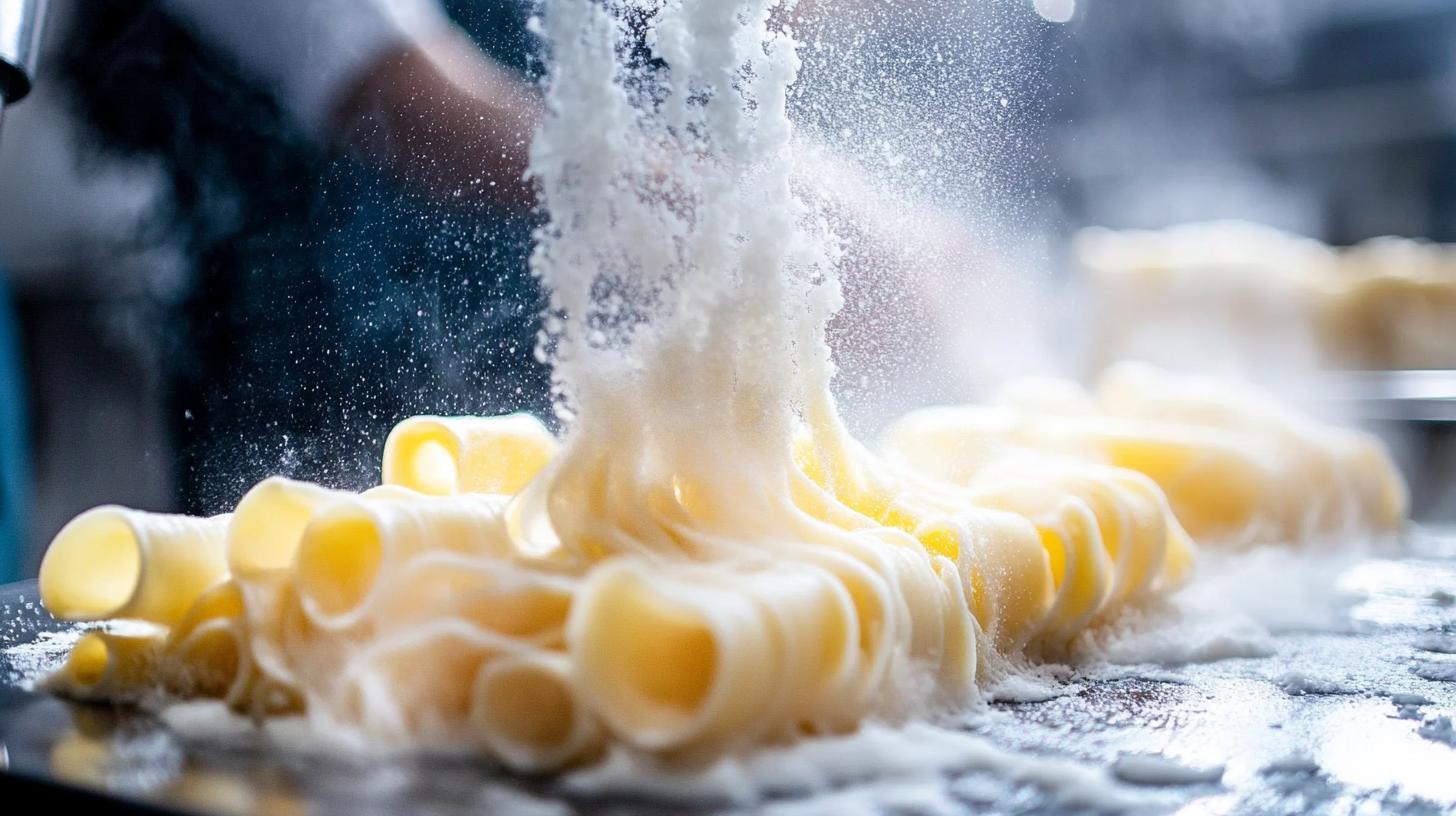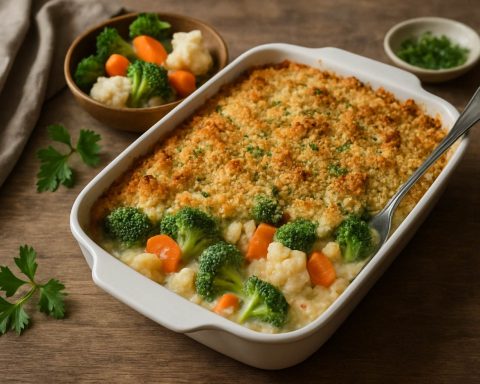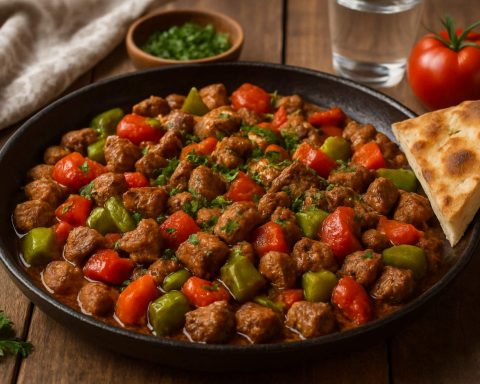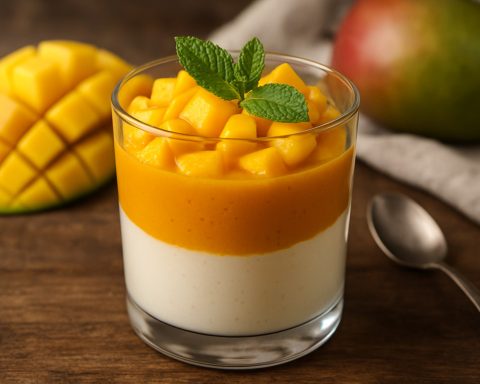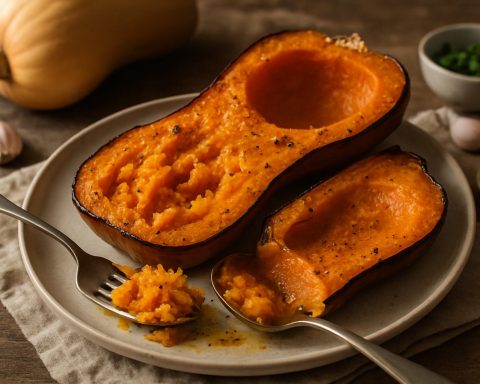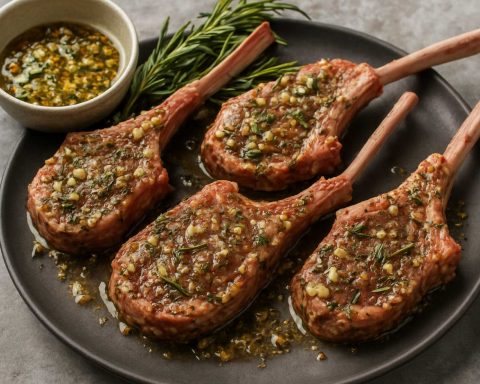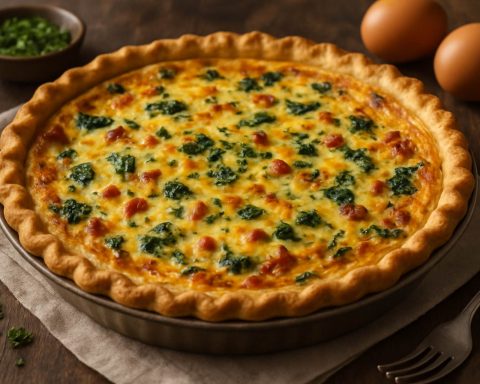Italian pasta, a timeless favorite, is getting a futuristic makeover with the integration of cutting-edge smart technology. Imagine preparing a delicious dish of authentic “Pasta Italiana” with the assistance of AI-driven kitchen gadgets that ensure each ingredient is perfectly measured and cooked to create a gourmet experience at home.
The Smart Pasta Machine: Say goodbye to boxed pasta. The latest innovation is the smart pasta machine that connects to your smartphone. With customizable settings, it kneads and cuts fresh pasta dough to the ideal thickness and shape, thanks to AI algorithms that learn your preferences. Whether you crave tagliatelle or spaghetti, the machine crafts each noodle to perfection.
AI-Enhanced Cooking: Preparing the tomato-based sauce traditionally requires precision. Modern stovetops, integrated with AI, can auto-adjust heat levels based on sensors that monitor the sauce’s consistency. They’ll alert you when it’s time to add basil or a splash of wine, ensuring the flavors blend harmoniously while you focus on setting the table.
Virtual Cooking Classes: For those looking to master intricate pasta recipes, virtual reality cooking classes are bridging the gap between traditional techniques and contemporary convenience. Guided by holographic Italian chefs, these immersive experiences offer real-time feedback as you cook, enhancing both skill and confidence.
In a world increasingly driven by technology, these advancements not only democratize gourmet cooking but also preserve the essence of cherished culinary traditions. The future of “Pasta Italiana” is here, and it’s as delicious as ever.
The Health Benefits of Authentic Italian Pasta and Its Ingredients
As Italian pasta embraces a high-tech future, incorporating AI-driven kitchen gadgets and innovative pasta machines, it’s important to remember that the health benefits of “Pasta Italiana” remain rooted in its traditional ingredients. This timeless dish, enhanced by intelligent cooking techniques, offers numerous nutritional advantages that contribute to a balanced and satisfying meal.
Whole Grains and Fresh Pasta
Unlike boxed pasta, which can be laden with preservatives, homemade pasta made with a smart pasta machine often uses whole grain flour. Whole grains are high in fiber, which aids in digestion and helps maintain a healthy weight by keeping you fuller for longer. The customizable settings of the smart machine allow for the use of alternative flours like whole wheat, spelt, or even gluten-free options such as quinoa flour, catering to various dietary needs.
Tomato-Based Sauce: A Nutrient Powerhouse
Italian pasta is often complemented by a rich tomato-based sauce. Tomatoes are a powerhouse of nutrition, boasting high levels of vitamin C, potassium, folate, and vitamin K. They are also rich in antioxidants like lycopene, which has been linked to reduced risk of heart disease and cancer. When cooked, as in pasta sauce, the bioavailability of these nutrients increases, offering more health benefits.
Garlic and Onion: Antimicrobial Agents
Garlic and onion often form the base of a classic Italian sauce. Both ingredients are known for their antimicrobial properties, helping to boost the immune system. They are also associated with improved heart health, thanks to their ability to reduce cholesterol and regulate blood pressure.
Herbs and Spices: Flavor and Wellness Boosters
Basil, oregano, and other herbs typical in Italian cuisine are not only flavor enhancers but also offer numerous health benefits. Basil contains essential oils rich in anti-inflammatory properties, while oregano is high in antioxidants, helping to fight off free radicals. These herbs are integral to traditional Italian recipes, ensuring that each dish is not only tasty but also health-conscious.
Olive Oil: Heart-Healthy Fat
Extra virgin olive oil, often used to finish pasta dishes, is celebrated for its heart-healthy monounsaturated fats. These fats are known to reduce bad cholesterol levels while boosting the good cholesterol, thus supporting cardiovascular health. Olive oil also contains antioxidants and anti-inflammatory properties, further contributing to overall well-being.
Red Wine: The Mediterranean Secret
Some pasta dishes include a splash of red wine, a staple in Mediterranean diets. Red wine is known for its concentration of resveratrol, an antioxidant that supports heart health and provides anti-aging benefits. Moderation is key, but when used in cooking, wine can enhance the flavors while subtly contributing to the health profile of the dish.
In summary, while technology redefines how we approach Italian pasta in the kitchen, the health benefits of this beloved dish and its classic ingredients remain crucial. From whole grains to antioxidant-rich tomatoes, aromatic herbs, and heart-healthy olive oil, “Pasta Italiana” is as nutritious as it is delicious, marrying the old-world charm with modern culinary advancements.
Revolutionary Technologies Reshape the Future of Italian Pasta
In an era where technology seeps into every aspect of daily life, even traditional culinary arts like Italian pasta-making are experiencing a remarkable transformation. New innovations not only enhance the flavor and authenticity of pasta dishes but also make the cooking process more accessible and seamless. As a result, food enthusiasts can now enjoy Italian cuisine with the aid of smart kitchen technologies that promise precision and quality.
Features of the Smart Pasta Machine
The smart pasta machine has revolutionized the pasta-making process by offering features such as customizable settings and smartphone connectivity. These include:
– AI Integration: Machine learning algorithms customize pasta textures and dimensions according to user preferences, promoting a tailored culinary experience.
– Smartphone Connectivity: Allows users to control and monitor the pasta-making process remotely, streamlining kitchen time management.
Pros and Cons
While these innovations bring a plethora of benefits, they also come with a few downsides:
– Pros: Precision in pasta-making; reduced cooking time; personalized culinary experiences.
– Cons: High initial cost; potential technological malfunctions; requires users to be tech-savvy.
Virtual Cooking Classes: The Future of Culinary Learning
The development of virtual reality (VR) in culinary arts provides a modern spin on traditional cooking classes. By offering immersive, interactive lessons guided by holographic chefs, these classes have significant advantages:
– Accessibility: Home cooks globally can access authentic Italian recipes.
– Real-Time Feedback: Immediate guidance and correction during the cooking process.
– Skill Enhancement: Builds confidence and improves cooking techniques through virtual interaction with skilled chefs.
Market Analysis and Predictions
With the introduction of these new technologies, the pasta industry is poised for substantial growth. The integration of AI and virtual reality in cooking is expected to expand rapidly, driven by increasing demand for convenience and culinary expertise:
– Growth Trends: Projection of increased sales in smart kitchen appliances over the next five years.
– Consumer Base: Predominantly young, tech-oriented home chefs seeking quality and convenience.
Sustainability Insights
The shift towards tech-driven cooking solutions also aligns with sustainability goals, minimizing food waste by optimizing ingredient usage. These systems support the efficient use of resources, fostering sustainable cooking habits while maintaining the essence of traditional recipes.
In summary, with its promising blend of tradition and technology, the modern landscape of Italian pasta-making continues to evolve. The convergence of AI, smart appliances, and virtual education not only uplifts culinary skills but also keeps the rich heritage of Italian cuisine alive. The future of pasta is not only smart but also more inclusive and environmentally considerate.
